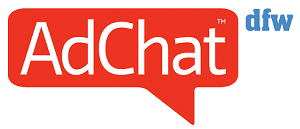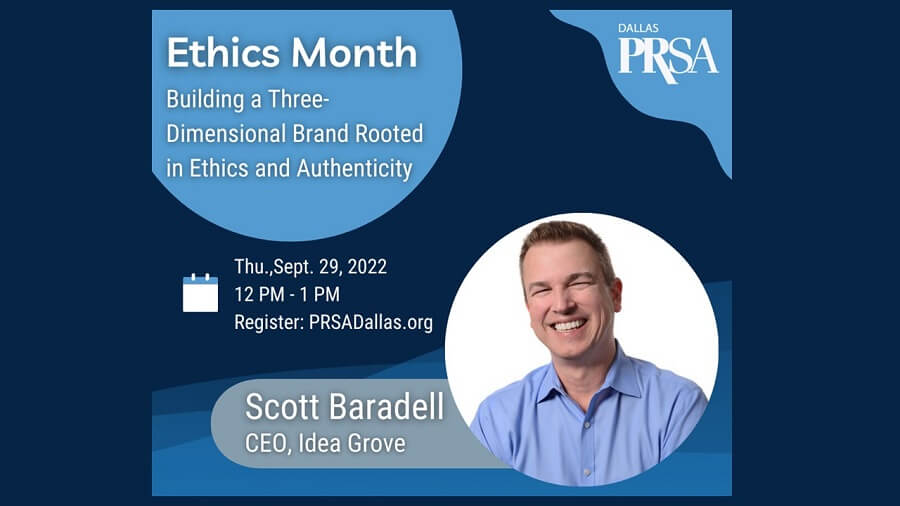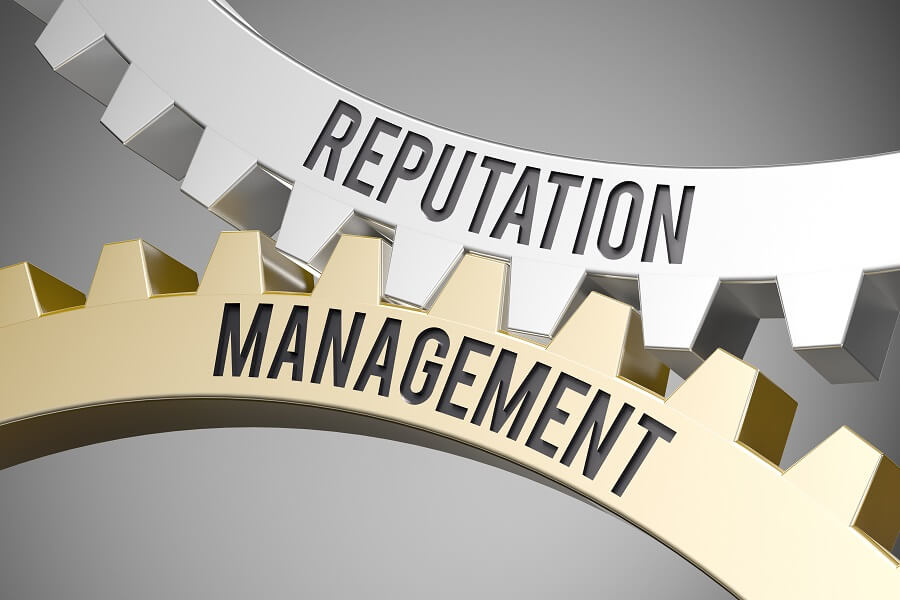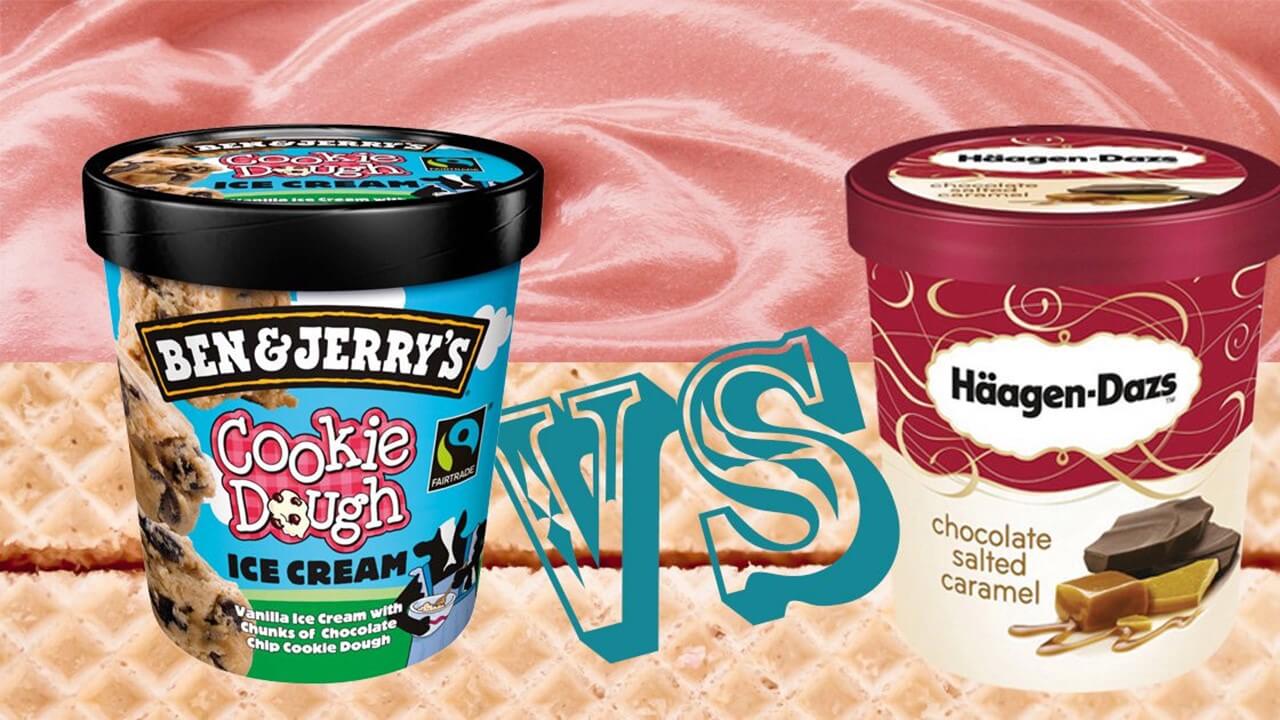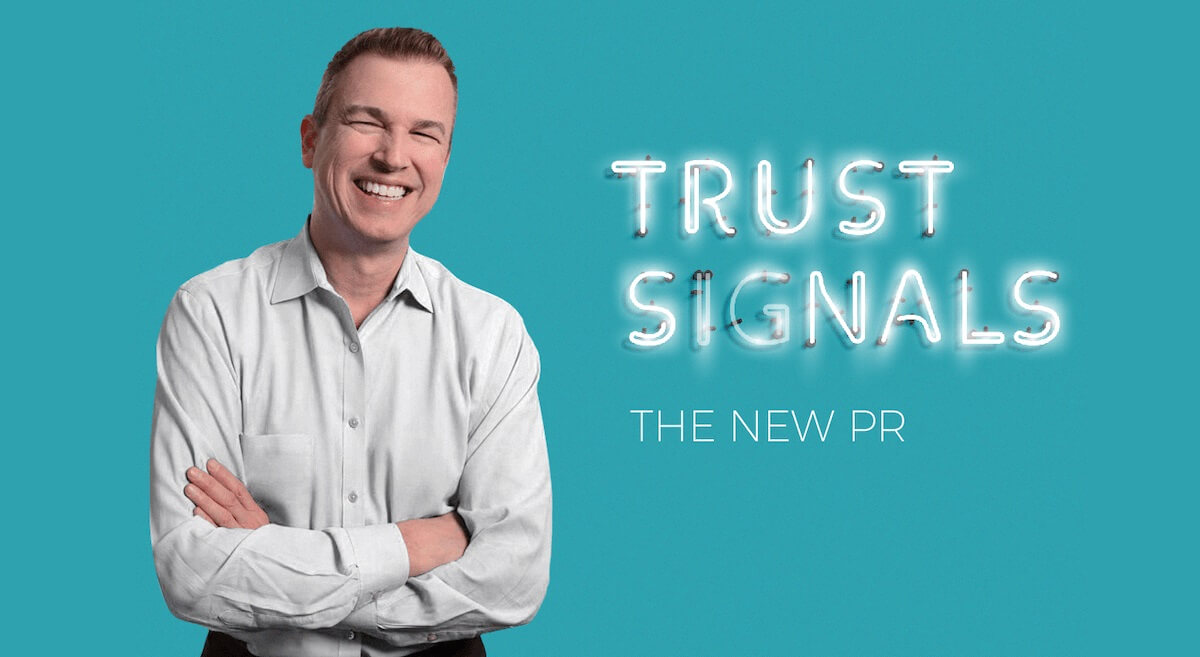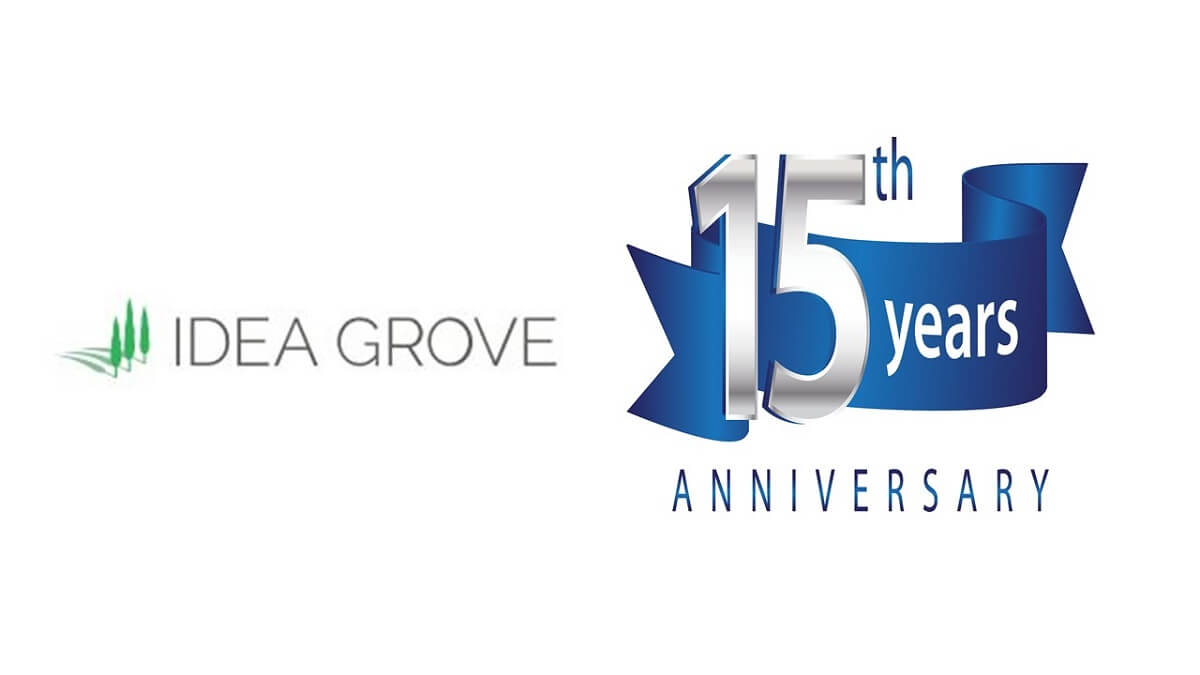Clockwise from top left: Cecil Cross, Liz Cies, Jarrett Rush, and Katie Long Idea Grove today...
Author - Idea Grove
Idea Grove’s Scott Baradell On Ethics And Trust...
Ethics is a complicated topic. That’s why PRSA focuses in on this important aspect of our industry...
Idea Grove Offers a Complete Guide to Email Subject...
When someone knocks on your door unexpectedly, you probably won’t just open it. You’ll...
Idea Grove’s Scott Baradell Weighs in on The Rise of a...
Note: Referencing The Richards Group, first of two parts Headquartered in Dallas, The Richards...
Idea Grove CEO Scott Baradell Asks What Does Your...
by Scott Baradell As Jeff Bezos once said, “A brand for a company is like a reputation for a person...
Punching Up Part 2: Idea Grove’s CEO Scott...
Note: This is the second in a four-part series from Idea Grove‘s CEO Scott Baradell, on...
Punching Up: Idea Grove’s Scott Baradel Tells...
This is the first in a series of stories on how midsize companies can earn a share of the spotlight...
Idea Grove CEO Scott Baradell Announces Upcoming Book...
Scott Baradell, CEO of unified PR and marketing agency Idea Grove, has announced the planned...
Idea Grove Celebrates 15 Years of Public Relations...
Idea Grove, a Dallas-based unified PR and marketing agency for B2B tech companies, is celebrating...
